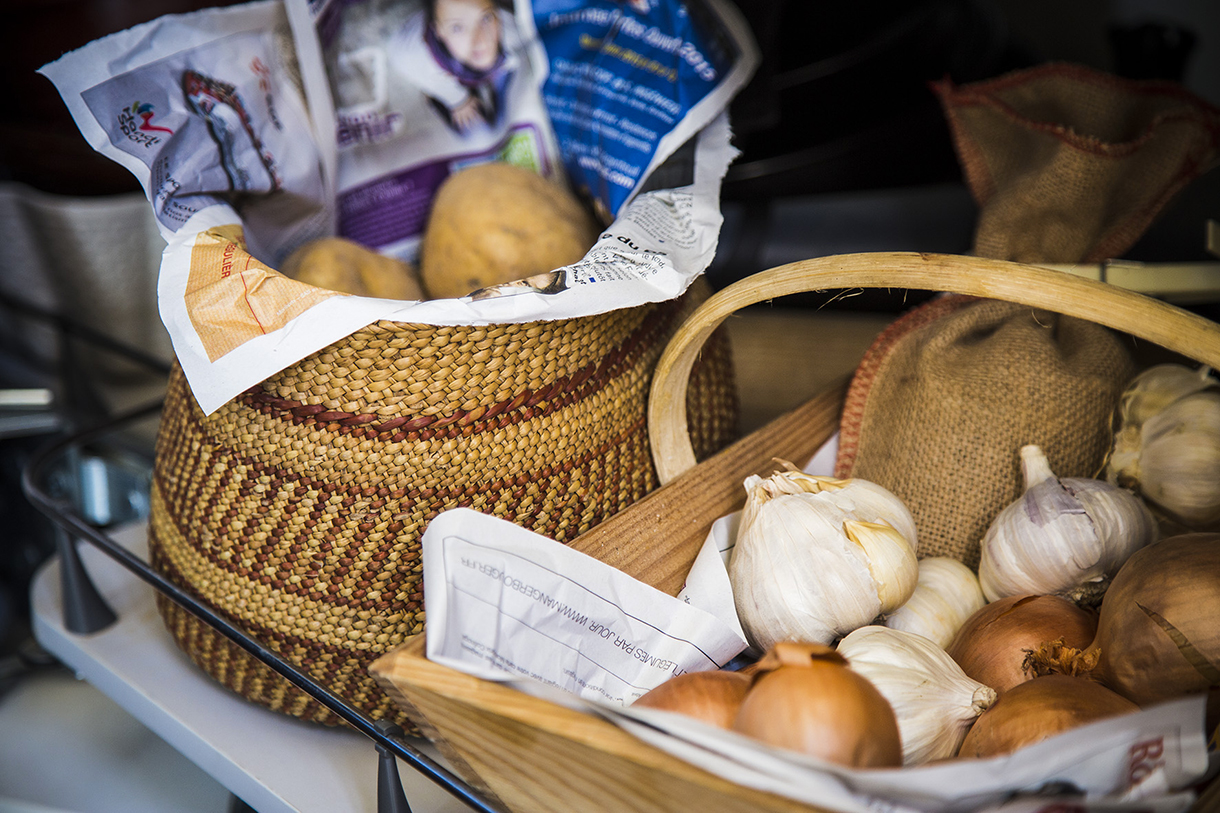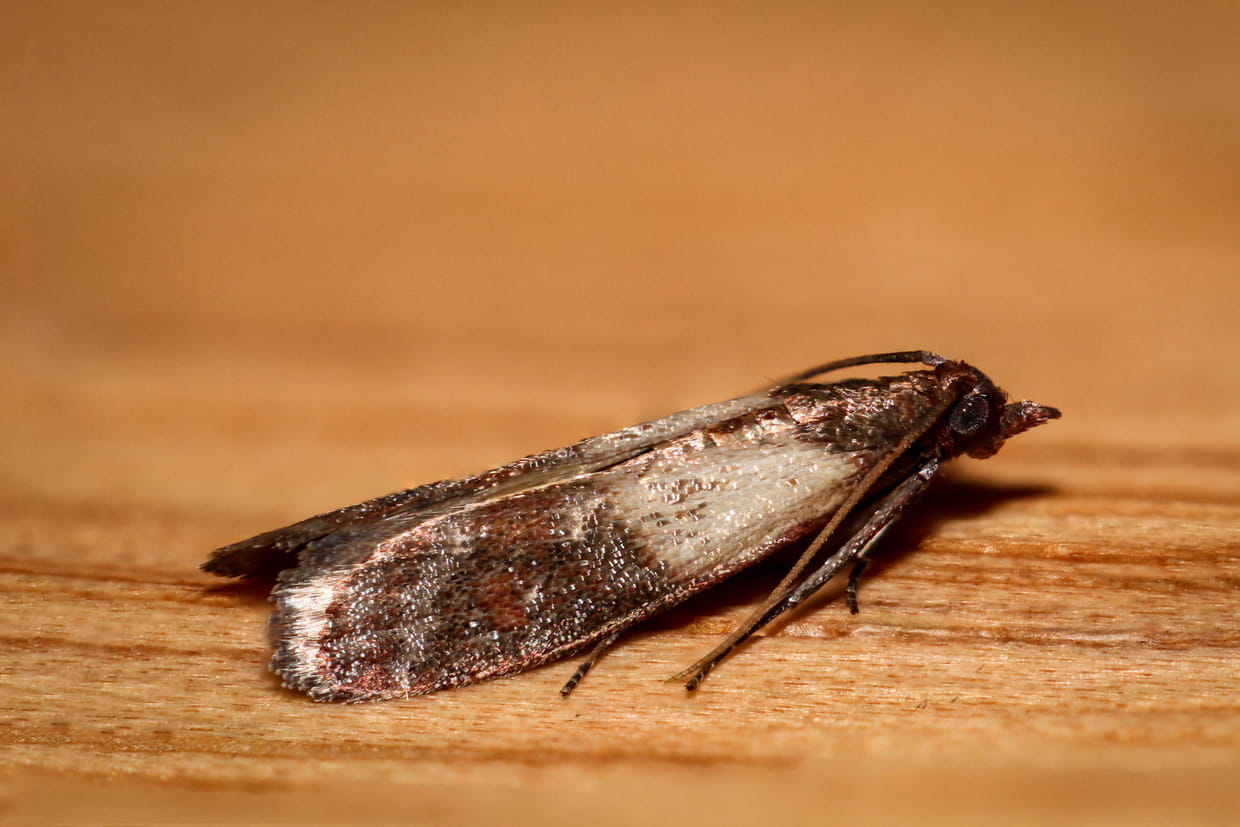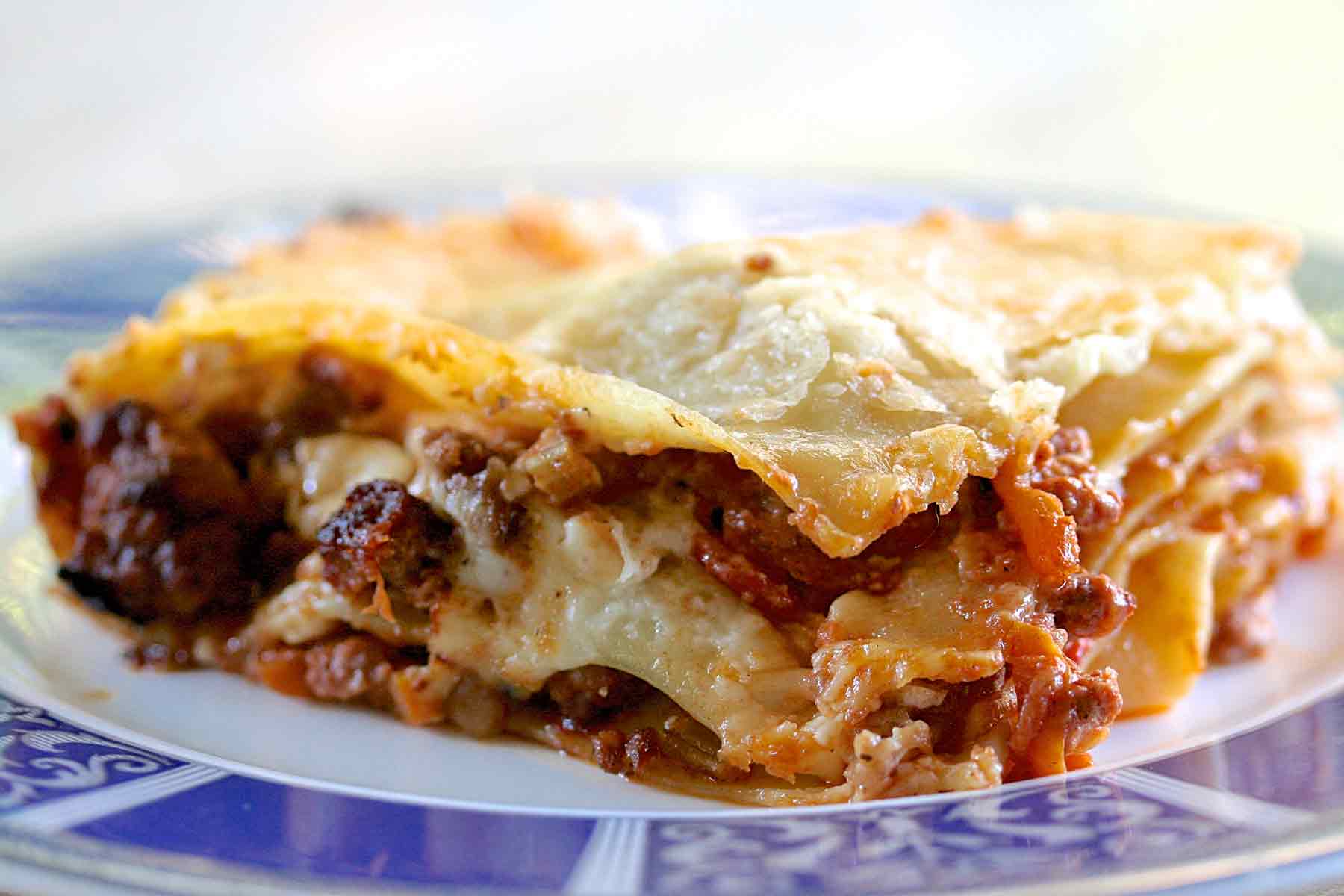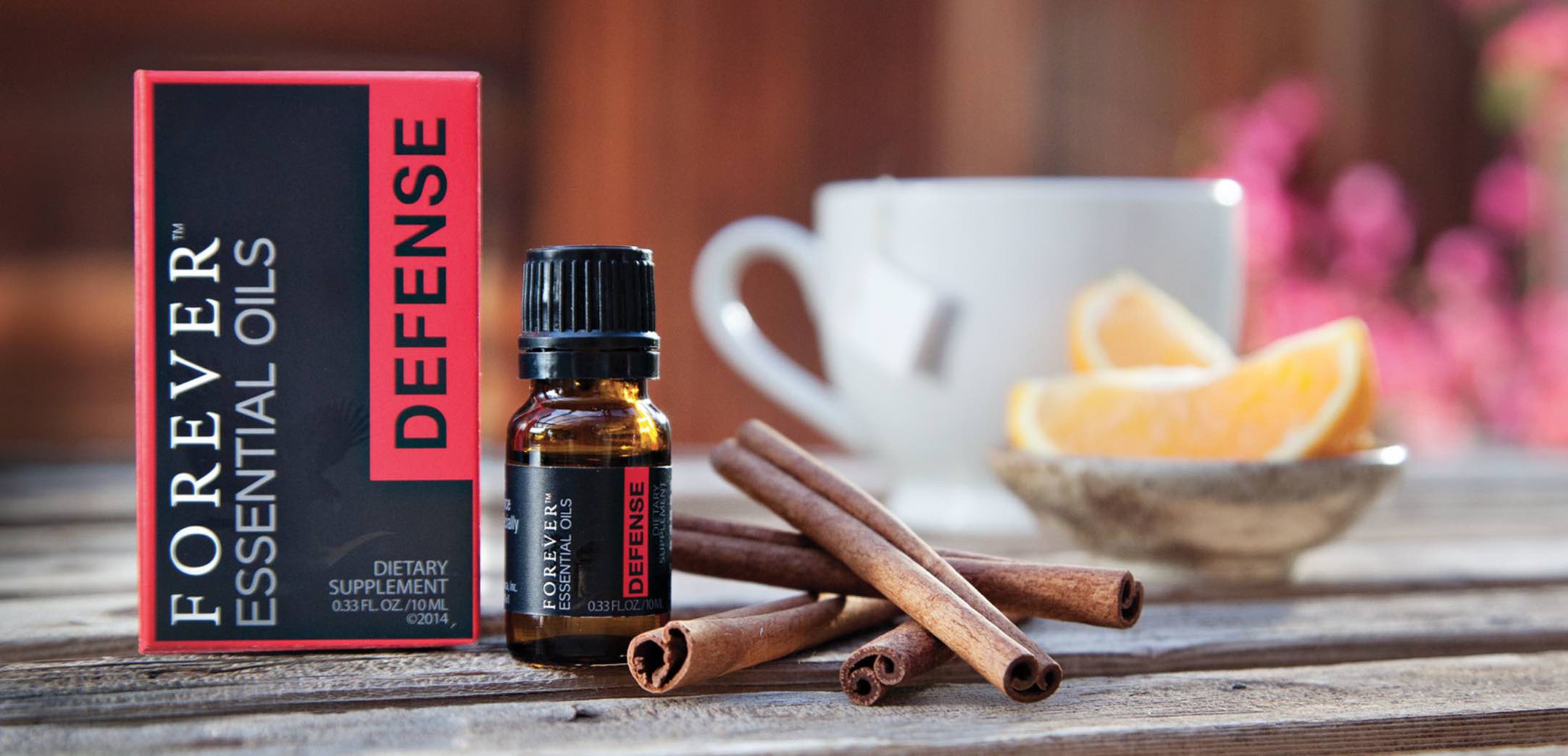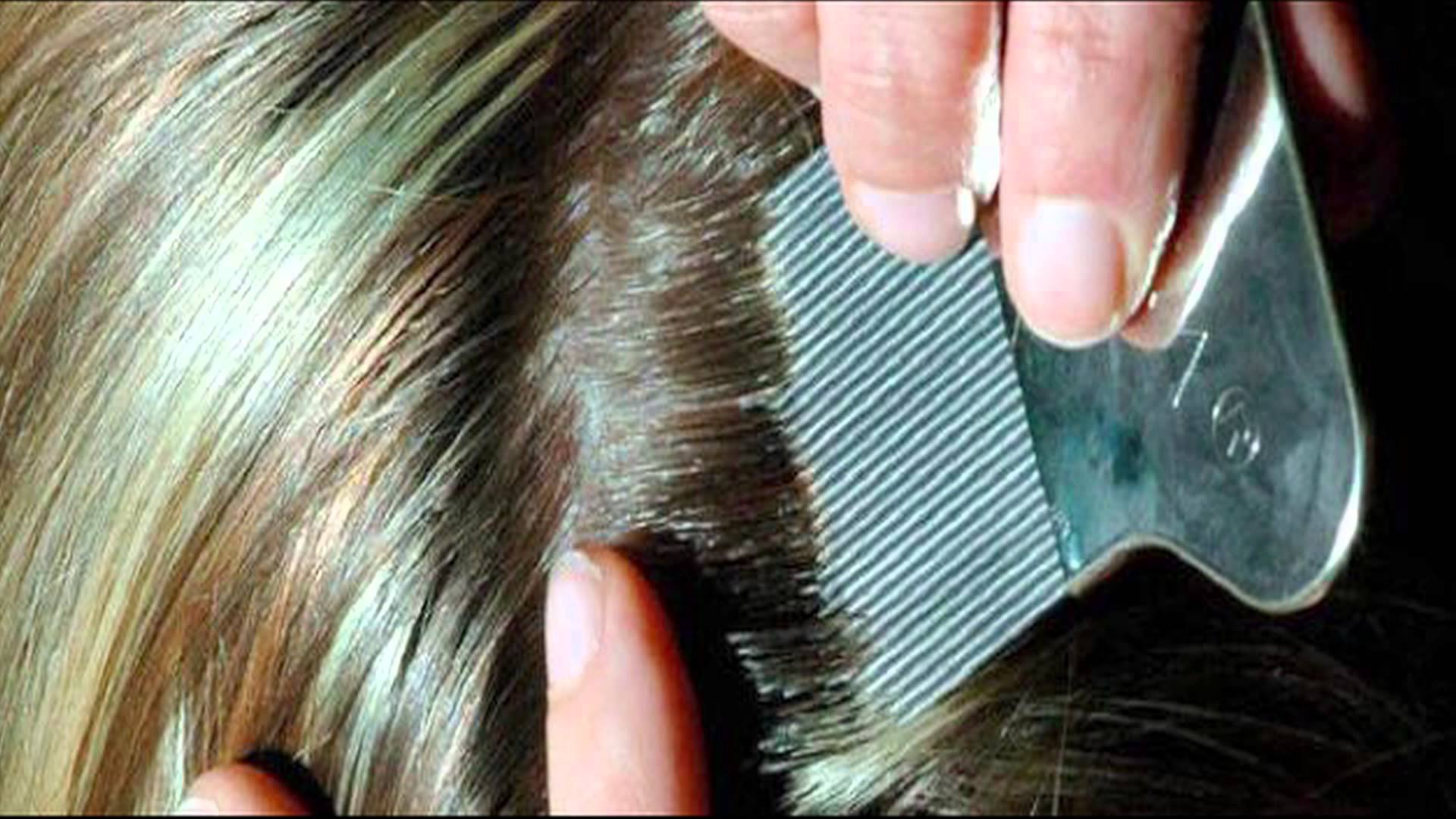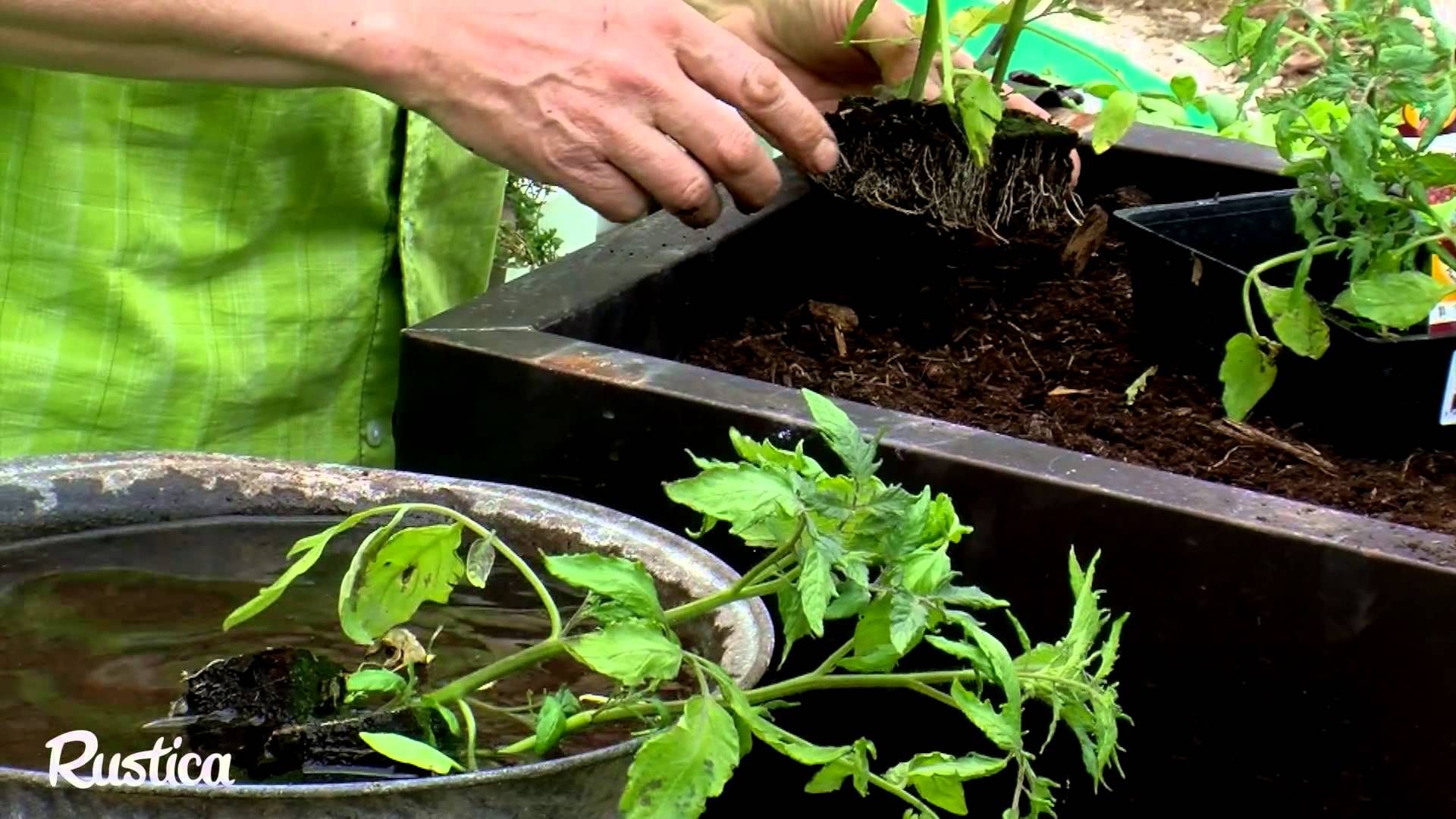How To Use Magnesium Sulfate To Have A Beautiful Garden.
Magnesium sulfate is one of the best kept secrets of gardeners.
It's a great choice of fertilizer for all plants in your home, garden, and vegetable patch.
Magnesium Sulfate is an environmentally friendly and economical solution for maintaining your garden - with spectacular results!
Here are the 10 benefits of magnesium sulfate for all your plants:
Why does it work?

Magnesium sulfate is a salt composed mainly of sulfate and magnesium, as the name suggests.
However, these two minerals are vital for the health of your plants.
These same minerals can be used in a bath or for cleaning.
(Click here to learn about the uses of magnesium sulfate at home.)
But did you know that these minerals can also make your gardening life easier?
With magnesium sulfate, your garden will finally reach its full potential.
It will become a lush outdoor space, with vibrant colors.
There is a huge benefit to using magnesium sulfate.
This is because it does not accumulate in the soil over time - unlike other fertilizers.
Therefore, you can use it in your garden without any danger.
Magnesium
Magnesium is beneficial at all stages of plant life.
As soon as the seed begins to sprout, it helps to solidify the cells - to optimize the absorption of essential minerals.
In fact, it actively participates in photosynthesis (the process by which plants convert solar energy into nutrients) by facilitating the manufacture of chlorophyll.
In addition, magnesium facilitates the absorption of phosphorus and nitrogen - essential fertilizers for fertile soil.
Above all, magnesium is known to increase the fruits and flowers in your garden.
By using it, your crops are bigger and your garden is beautified.
Sulphate
Sulfate is the mineral form of sulfur - a vital nutrient for plant life.
Sulfate contributes to the longevity of plants by facilitating the manufacture of chlorophyll.
It works together with other essential minerals to make them more effective: phosphorus, nitrogen and potassium.
Associated with magnesium, sulfate becomes a kind of multivitamin fertilizer for plants.
Magnesium sulfate improves the overall health of your plants and the way they eat.
Here's how to use magnesium sulfate in your garden:
1. For indoor plants
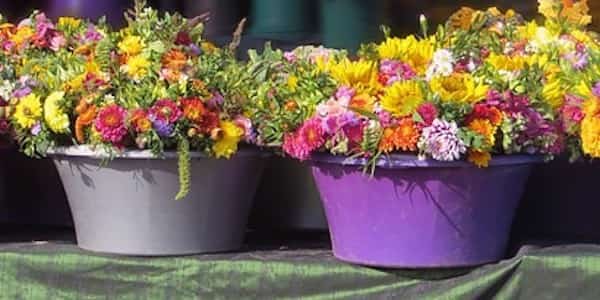
The easiest place to start using magnesium sulfate is in your home, on houseplants.
You can also use it on potted plants, which are arranged around your house or on your patio.
Including magnesium sulfate in your daily routine is extremely easy.
Most importantly, it increases the blooms and the general health of your plants.
How to do
1. Dissolve 1 tablespoon of magnesium sulfate per 2 liters of water.
2. Use this mixture to water your plants at least once a month.
But you can use it as often as you want — harmless to your plants.
Did you know that natural salts accumulate in potted plants?
Therefore, it clogs the root cells of your plants.
Magnesium sulfate is especially beneficial for potted plants because it breaks down these accumulations of natural salts.
In doing so, it gives your plant all its vitality.
Magnesium sulfate is also helpful if you have just potted your plant.
This is because it will improve the absorption of other essential nutrients that are necessary for its growth.
As a general rule, most plants need a lot of sunlight for the optimal effect of magnesium sulfate.
Therefore, put your houseplants in a sunny location (unless it is contraindicated).
If you are growing vegetables in containers, magnesium sulfate greatly increases the number of fruits and vegetables your plants produce.
As a result, your crops are getting bigger and bigger - great for those with a small garden!
2. For the first planting
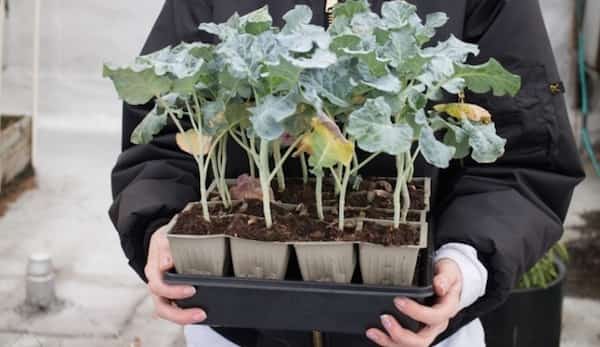
For the first few plantings in your garden, use magnesium sulfate, to improve the way your plants feed.
How to do
1. Prepare your soil by sprinkling magnesium sulfate up to 250 g per 10 m².
2. Work the soil to incorporate the magnesium sulfate well.
3. Plant your plants and sow your seeds.
Magnesium sulfate will help your plants germinate better, for strong, healthy growth.
It is also beneficial for adult plants that you want to add to your garden.
Changing plants to new soil can adversely affect their development and health.
Add magnesium sulfate to the soil to make this transition easier.
3. For vegetable gardens

Whether it is for the maintenance or the creation of your vegetable garden, magnesium sulfate can help.
It refreshes and revitalizes a space you have already created.
Magnesium sulfate can also help you create a new garden, giving it a good place to start: healthy soil.
Gardeners know that magnesium sulfate is beneficial for fruits, vegetables, and aromatic herbs. Except for the sage.
As mentioned before, magnesium sulfate does not build up a buildup in your soil and damage your plants.
You can therefore use it in complete safety at all stages of your plant's development.
How to do
With regular use, magnesium sulfate is a great saline solution that you can put in a sprayer.
1. Add 1 tablespoon of magnesium sulfate per 4 L of water.
2. Spray this solution on your plants after the first planting.
3. Spray this solution on your plants as soon as the seeds start to germinate.
For transplants, wait 1 month before spraying.
4. Finally, spray your fruits and vegetables when they start to get bigger.
Gardeners swear that these sprays make better fruits and vegetables: they make their vegetable garden more lush.
Magnesium sulfate sprays are great for any home garden.
Here are some more specific tips for your vegetable garden, depending on the plants and the situation.
4. For the tomatoes
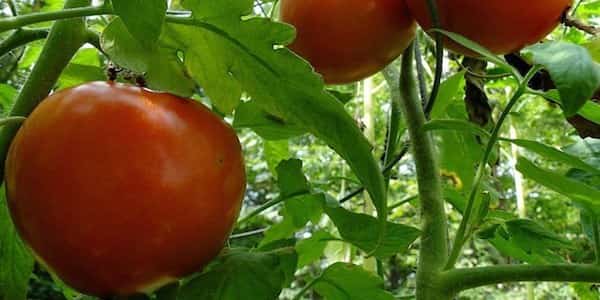
Late in the growing season, tomatoes are often prone to magnesium deficiency.
This can be seen in their yellowing leaves and less successful crops.
Magnesium sulfate can help them, right from planting and throughout their growth.
How to do
1. When you plant your tomato seeds or transplants, add 1 - 2 tablespoons of magnesium sulfate to each hole.
2. When the tomato becomes adult, mix some magnesium sulfate in the base of the tomato plant.
To dose, you need 1 tablespoon per 30 cm of the size of your plant.
Example: if the plant is 60 cm, add 2 tbsp.
3. You can also use the sprayer method, every 15 days with the following dosage: 1 tablespoon of magnesium sulfate per 4 l of water.
5. For the peppers and peppers
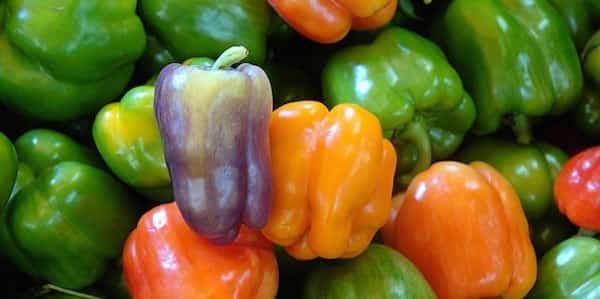
Like tomatoes, peppers and chili peppers are also prone to magnesium deficiency.
They grow much better when you use magnesium sulfate.
How to do
1. As with tomatoes, add 1 to 2 tablespoons of magnesium sulfate per hole when you plant your peppers.
2. Then, mix 1 to 2 tablespoons of magnesium sulfate into the soil of your peppers, twice a week.
One study showed that 4 out of 6 gardeners who use magnesium sulfate had larger peppers and chillies.
Many gardeners say that they make great bell peppers and tomatoes from the use of magnesium sulfate.
This is a solution that will really help you get bigger harvests - beautiful fruits and vegetables of exceptional quality.
6. For the flowers
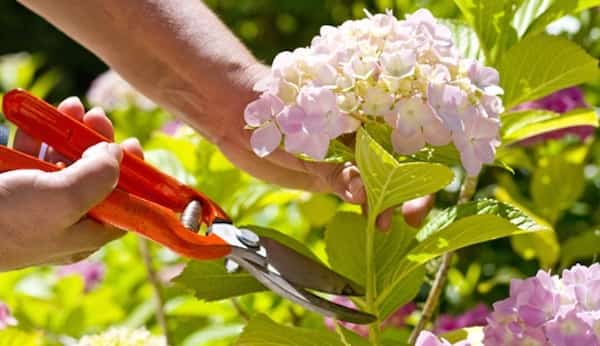
Like home vegetables, the flowers in your garden respond well to the use of magnesium sulfate.
By using magnesium sulfate in the soil and by spraying, their blooms are all the more vibrant and enjoyable.
Your garden becomes the calm and serene place that you imagined.
Therefore it not only increases the beauty of your garden, but also that of your house.
How to do
1. When you plant your seeds or transplants, add 1 to 2 tablespoons of magnesium sulfate for each hole (as with vegetable gardens).
2. When your plants start to grow, spray your plants with the saline solution (1 tablespoon of magnesium sulfate per 4 L of water).
3. During the gardening season, spray your plants as often as you like.
4. Spray the plants when the flowers are fully open.
5. If you don't have a sprayer, you can just add 1 tbsp of magnesium sulfate to a watering can.
If you want to use magnesium sulfate for roses and shrubs, there are some specific tips.
7. For roses

If you have roses, know that magnesium sulfate is particularly beneficial to them.
It is famous for making the leaves even more vivid and green.
In addition, it causes the growth of more stems and flowers.
How to do
1. Before planting your roses, soak their roots in a mixture of water and magnesium sulfate (1 teaspoon of magnesium sulfate per 4 l of water).
This will make the roots stronger and firmer.
2. When you plant your roses, add 1 tablespoon of magnesium sulfate to each hole.
3. Once the roses are growing (and even for adult roses), add a tablespoon of magnesium sulfate to the soil.
4. You can replace this method by using sprays (1 teaspoon of magnesium sulfate per 4 L of water).
5. At the start of the gardening season, it is also advisable to add 1/2 tablespoon of magnesium sulfate per rose bush.
This improves flowering and the stiffness of the stems of your rose bush.
8. For shrubs
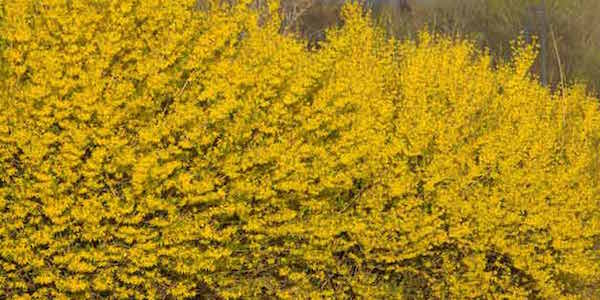
Magnesium sulfate is also beneficial for green or flowering shrubs.
It is especially recommended for evergreen plants (such as azaleas and rhododendrons).
Magnesium sulfate improves the flowering of shrubs and makes their foliage greener and more vibrant.
Thanks to its use, the roots of your shrubs better absorb essential nutrients.
How to do
1. Work the soil at the base of the shrub, above the roots.
Use 1 tablespoon per square meter of the area of your shrub.
2. Repeat this use every 2-4 weeks for best results.
9. For grass
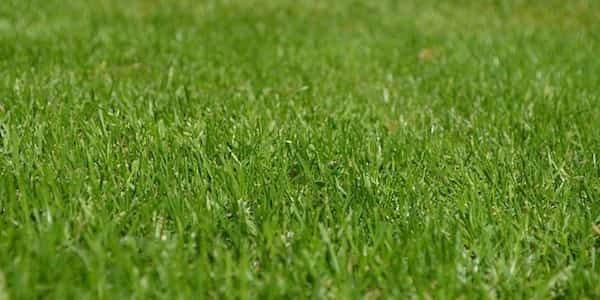
As you have read, magnesium sulfate revitalizes your garden.
If you have grass or a lawn, magnesium sulfate can also make it greener and increase its resistance to the elements.
Magnesium sulfate is particularly beneficial for turf which is turning yellow. This turns it into a lush, supple, dark green turf.
How to do
1. Spray your lawn with a saline solution made from magnesium sulfate, using a sprayer.
2. Use 1 kg of magnesium sulfate for an area of 100 m² (10 mx 10 m), 2 kg for an area of 200 m² (10 mx 20 m) and 4 kg for a large area of 400 m² (20 mx 20 m) .
3. Instead of a sprayer, you can also use a spray gun with tank.
If this is the case, be sure to dilute the magnesium sulfate you add to the tank (so that you get a higher concentration).
10. For trees

Trees are the tallest and oldest plants in your garden.
Despite this, trees can also reap the benefits of magnesium sulfate.
Magnesium sulfate will act on the roots of your trees. It allows them to absorb more essential nutrients.
As a result, your tree is stronger and its foliage is beautified for several years.
If you have fruit trees, know that magnesium sulfate also increases blooms and harvests.
How to do
1. Work the soil around your tree with magnesium sulfate.
Just add 1 tablespoon per square meter of the area above the roots.
2. Repeat this treatment 3 to 4 times a year. The ideal is to do this before each change of season.
This prepares your trees for weather variations, making them stronger and healthier.
Where to find magnesium sulfate
Magnesium sulphate, sprayers and spray guns with tank are found in garden centers like Gamm Vert.
To buy it now, we recommend the following products:
- magnesium sulfate
- sprayer 5 l
- sprinkler gun with reservoir
Know other uses of magnesium sulfate for the garden? Share them with us in the comments. We can't wait to hear from you! :-)
Do you like this trick ? Share it with your friends on Facebook.
Also to discover:
The 5 Secrets of Effortless Gardening.
A Free and Easy to Make Vegetable Garden!

